Predecessor Eadwig Name Edgar Peaceful House House of Wessex | Burial Glastonbury Abbey Successor Edward Full name Edgar I | |
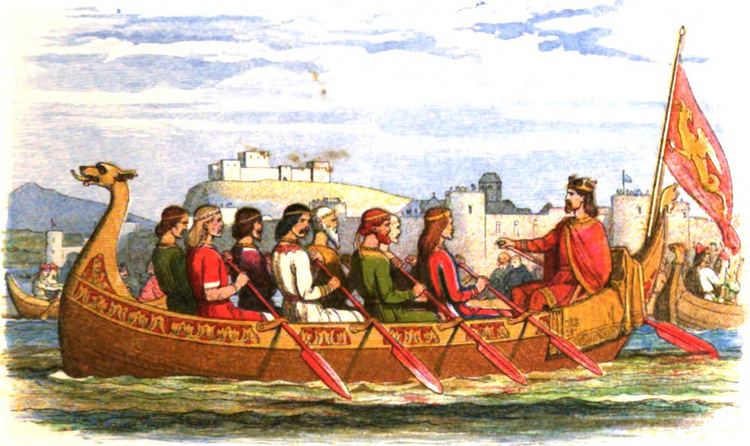 | ||
Reign 1 October 959 – 8 July 975 Issue Edward, King of England
Eadgyth
Edmund
AEthelred, King of England Died July 8, 975 AD, Winchester, United Kingdom Children AEthelred the Unready, Edward the Martyr, Edith of Wilton Parents AElfgifu of Shaftesbury, Edmund I Spouse Wulthryth, AElfthryth, wife of Edgar Similar People Edmund I, AEthelred the Unready, Edward the Martyr, Eadwig, Edmund Ironside | ||
Today in history the not all dark reign of edgar the peaceful 959 ad
Edgar I (Old English: Ēadgār; c. 943—8 July 975), known as the Peaceful or the Peaceable, was King of England from 959 until his death. He was the younger son of Edmund I and Ælfgifu of Shaftesbury, and came to the throne as a teenager, following the death of his older brother Eadwig. As king, Edgar further consolidated the political unity achieved by his predecessors, with his reign being noted for its relative stability. His most trusted advisor was Dunstan, who he recalled from exile and made Archbishop of Canterbury. The pinnacle of Edgar's reign was his coronation at Bath in 973, which was organised by Dunstan and forms the basis for the current coronation ceremony. After his death he was succeeded by his son Edward, although the succession was disputed.
Contents
- Today in history the not all dark reign of edgar the peaceful 959 ad
- October 1st edgar the peaceful lynn ferguson
- Early years and accession
- Government
- Benedictine reform
- Dead Mans Plack
- Coronation at Bath
- Death
- Appearance
- References
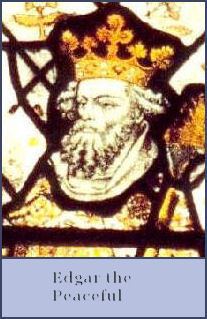
October 1st edgar the peaceful lynn ferguson
Early years and accession
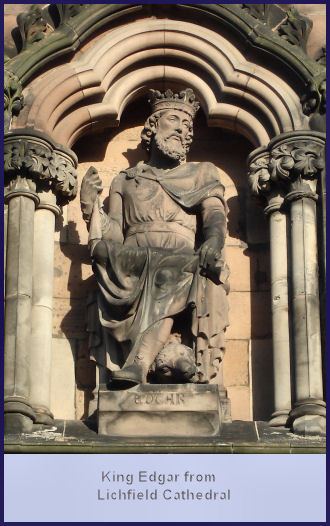
Edgar was the son of Edmund I and Ælfgifu of Shaftesbury. Upon the death of King Edmund in 946, Edgar's uncle, Eadred, ruled until 955. Eadred was succeeded by his nephew, Eadwig, the son of Edmund and Edgar's older brother.
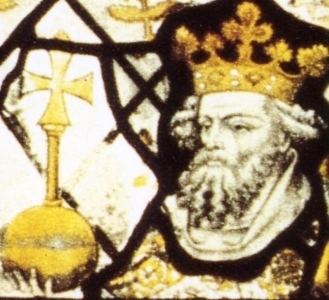
Eadwig was not a popular king, and his reign was marked by conflict with nobles and the Church, primarily St Dunstan and Archbishop Oda. In 957, the thanes of Mercia and Northumbria changed their allegiance to Edgar. A conclave of nobles declared Edgar as king of the territory north of the Thames. Edgar became King of England upon Eadwig's death in October 959, aged just 16.
Government
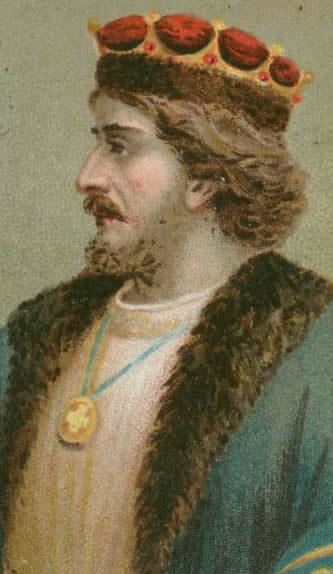
One of Edgar's first actions was to recall Dunstan from exile and have him made Bishop of Worcester (and subsequently Bishop of London and later, Archbishop of Canterbury). Dunstan remained Edgar's advisor throughout his reign. While Edgar may not have been a particularly peaceable man, his reign was peaceful. The Kingdom of England was well established, and Edgar consolidated the political unity achieved by his predecessors. By the end of his reign, England was sufficiently unified in that it was unlikely to regress back to a state of division among rival kingships, as it had to an extent under the reign of Eadred. Blackstone mentions that King Edgar standardised measure throughout the realm. According to George Molyneaux, Edgar's reign, "far more than the reigns of either Alfred or Æthelstan, was probably the most pivotal phase in the development of the institutional structures that were fundamental to royal rule in the eleventh-century kingdom". Indeed, an early eleventh century king Cnut the Great states in a letter to his subjects that ''it is my will that all the nation, ecclesiastical and lay, shall steadfastly observe Edgar's laws, which all men have chosen and sworn at Oxford''.
Benedictine reform
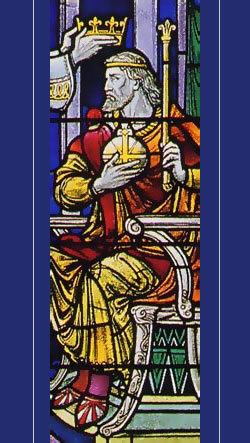
The Monastic Reform Movement that introduced the Benedictine Rule to England's monastic communities peaked during the era of Dunstan, Æthelwold, and Oswald (historians continue to debate the extent and significance of this movement).
Dead Man's Plack
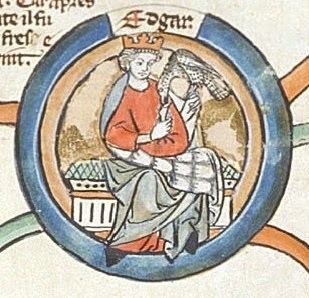
In 963, Edgar allegedly killed Earl Æthelwald, his rival in love, near present-day Longparish, Hampshire. The event was commemorated by the Dead Man's Plack, erected in 1825. In 1875, Edward Augustus Freeman debunked the story as a "tissue of romance" in his book, Historic Essays; however, his arguments were rebutted by naturalist William Henry Hudson in his 1920 book Dead Man's Plack and an Old Thorn.
Coronation at Bath
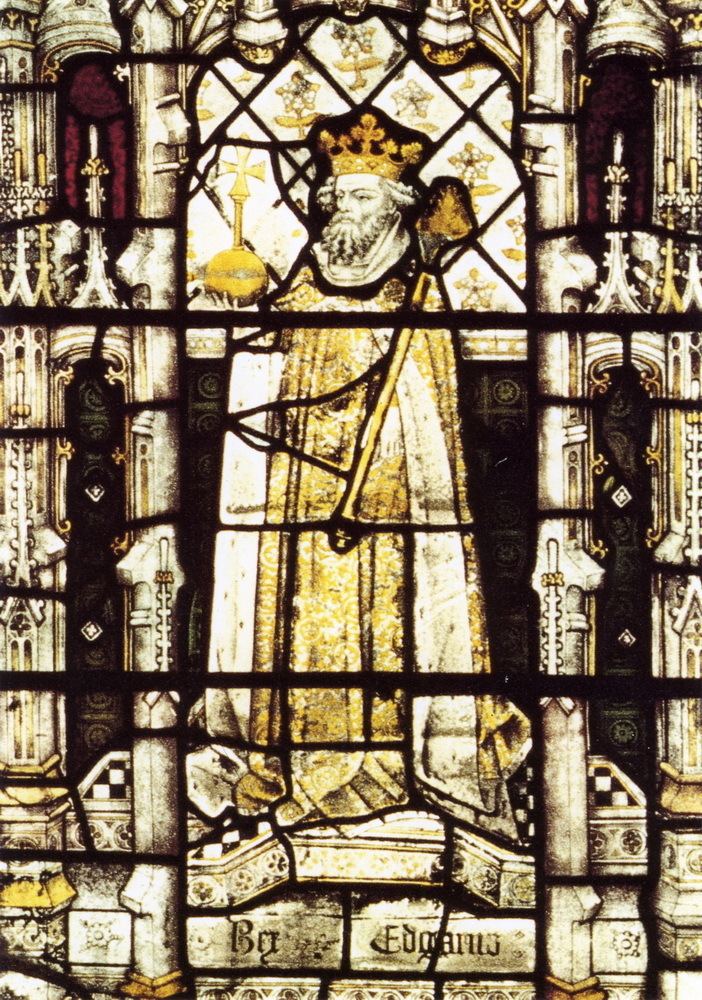
Edgar was crowned at Bath and along with his wife Ælfthryth was anointed, setting a precedent for a coronation of a queen in England itself. Edgar's coronation did not happen until 973, in an imperial ceremony planned not as the initiation, but as the culmination of his reign (a move that must have taken a great deal of preliminary diplomacy). This service, devised by Dunstan himself and celebrated with a poem in the Anglo-Saxon Chronicle, forms the basis of the present-day British coronation ceremony.

The symbolic coronation was an important step; other kings of Britain came and gave their allegiance to Edgar shortly afterwards at Chester. Six kings in Britain, including the King of Scots and the King of Strathclyde, pledged their faith that they would be the king's liege-men on sea and land. Later chroniclers made the kings into eight, all plying the oars of Edgar's state barge on the River Dee. Such embellishments may not be factual, and what actually happened is unclear.
Death
Edgar died on 8 July 975 at Winchester, Hampshire. He left behind Edward, who was probably his illegitimate son by Æthelflæd (not to be confused with the Lady of the Mercians), and Æthelred, the younger, the child of his wife Ælfthryth. He was succeeded by Edward. Edgar also had a possibly illegitimate daughter by Wulfthryth, who later became abbess of Wilton. She was joined there by her daughter, Edith of Wilton, who lived there as a nun until her death. Both women were later regarded as saints.
Some see Edgar's death as the beginning of the end of Anglo-Saxon England, followed as it was by three successful 11th century conquests — two Danish and one Norman.
Appearance
"[H]e was extremely small both in stature and bulk..."
